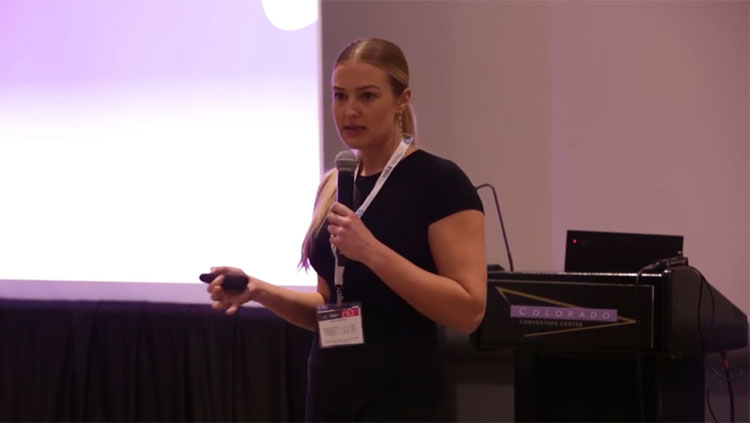Bright Light Neuro: Brain Basics, Lesson 4 — How Do I Consume Brain Information?
- Published19 Mar 2024
- Source Bright Light Neuro
The goal of lesson four is to understand the necessity for being a critical consumer of information regarding the brain.
Content Area:
- Science
- Nonfiction Reading
- Civics
Standards (NGSS)
- 3-LS4-1: Interpret Data
- 3-LS4-4: Construct Argument from Evidence
What Are We Learning?
Skills to consume information about the brain.
Why Are We Learning This?
We must know how to critically consume information, especially digital information.
Materials:
- Neuroscience Consumer PowerPoint
- 6 Station printouts, 1-6 taped around the room
Reference Bright Light Neuro’s Brain Basics Teaching Unit.
CONTENT PROVIDED BY
Bright Light Neuro
Transcript
EMMA BLEAKMAN:
Lesson Four serves as a launchpad for the rest of our units that will come and navigating life as a human in this digital society. And that's being able to critically consume neuroscience information.
So, students first go through this PowerPoint, and you'll walk them through this PowerPoint — I'm very confident teachers can do this. It begins by teaching students about what clickbait is and how clickbait is used a lot with neuroscience information. Like, if you take this magnesium, you'll have the best sleep of your life. Well, that's great, but where's the research to show that? Do you just want me to buy your product?
And so then, they move on to understanding that you need to read information horizontally before you read it vertically. So what that means is if you see an article, before you read the article top-down, you have to open new tabs, and look up: Where does the information come from? Who are the authors? What's the research behind it? When was it created? And what's the source it was created on?
And so, you teach students that they can pull up their computers, you can have them research something. And then they open the tabs so that they can read horizontally before they read up and down.
And so then, they do a station rotation activity. You'll print these out and paste them around the room. There's six different stations. And they can do this by themselves, with group members; it doesn't matter. And they have to determine whether or not these sources are trustworthy or unreliable. Sometimes you can't tell, and you have to do a little bit more digging. So, it's just based on what they are seeing, if they can decide if it's trustworthy or unreliable.
So, some that are really evident. Station one, I see a normal title, “Neuro News.” Okay. I see information. I see a graphic that doesn't seem like it's trying to get me to click. And then I see references. I see two sources. And I noticed the date’s 2023. To me, it's trustworthy. Do we know? Not entirely, but my first gut reaction is like, okay, let me explore it a little more.
But then you see station three, and it's a text message and says, “Did you know that you only need five hours of sleep a night?” And this is a text message. I don't know where the information comes from. I don't even know who sent the text message. And so, my first reaction is, it's probably not reliable.
Same with station five. You see that there's a 20% off strawberries, and it says, “Get your strawberries! Did you know that scientists say that if you eat them before math test, it'll improve your test score?” It's obvious that that's clickbait. They're trying to get me to buy their strawberries. I don't know if that's true.
And so, students get to complete this activity, and then once they're done, you sit and discuss their thoughts. When I first did this, I made a mistake. It was the first time I had taught it, and the Neuro News one, the date was 2021, but my citations were from 2023. And they were like, well Ms. Bleakman, it can't be accurate if they were predicting citations in the future. I was like, okay, you're right. So, I had to change the date. So, hopefully your students don't notice anything that is not right, but they always shock you.
What to Read Next
Also In For the Classroom
Trending
Popular articles on BrainFacts.org












